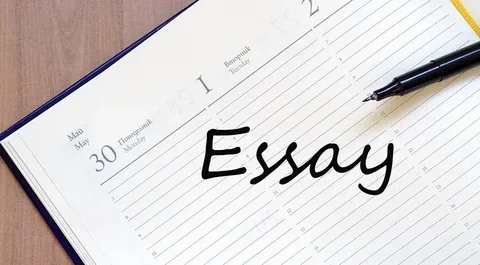Digital vs. Paper Reading: Which is Better for Learning English?

Currently, learners have more choices than ever when it comes to reading materials. Should you stick with traditional paper books, or embrace digital reading on tablets, e-readers, and apps? Both formats have unique advantages and drawbacks, especially for English learners.
Here, we’ll compare digital vs. paper reading in terms of comprehension, retention, convenience, and accessibility. We’ll also explore how technology—including speed reading apps, can enhance digital reading for language learners.
The Great Debate: Digital vs. Paper Reading
1. Paper Books: The Traditional Approach
Pros:
✅ Better Comprehension & Retention – Studies suggest that reading on paper leads to deeper understanding and memory retention. A 2013 study by Anne Mangen found that students who read on paper performed better in comprehension tests than those reading digitally.
✅ Less Distraction – Physical books don’t have notifications, pop-ups, or hyperlinks that can break focus.
✅ Easier Annotation – Highlighting and writing notes in margins can help reinforce learning, especially for language students.
✅ No Eye Strain – Unlike screens, paper doesn’t emit blue light, reducing eye fatigue during long reading sessions.
Cons:
❌ Less Portable – Carrying multiple books can be cumbersome.
❌ No Built-in Dictionary – Learners must manually look up unfamiliar words.
❌ Limited Accessibility – Not all books are available in print everywhere.
2. Digital Reading: The Modern Alternative
Pros:
✅ Portability & Convenience – Thousands of books fit into a single device, perfect for learners on the go.
✅ Instant Lookup Features – E-readers and apps allow tap-to-define functions, helping learners quickly understand new vocabulary.
✅ Adjustable Text & Audio Support – Font size, background color, and text-to-speech features aid different learning styles.
✅ Interactive Learning Tools – Some apps offer flashcards, quizzes, and speed reading training to enhance comprehension.
✅ Eco-Friendly & Cost-Effective – E-books are often cheaper, and no paper is wasted.
Cons:
❌ Higher Cognitive Load – Digital reading can lead to shallower comprehension due to skimming habits.
❌ Screen Fatigue – Prolonged screen exposure may cause eye strain and headaches.
❌ More Distractions – Social media and other apps can interrupt focused reading.
How Digital Reading Apps Enhance Learning
While paper books have their strengths, digital reading apps offer unique advantages for English learners:
1. Built-in Dictionaries & Translations
Apps like Kindle, LingQ, and Moon+ Reader allow instant word lookups, making it easier to learn new vocabulary without breaking flow.
2. Speed Reading Training
For learners who want to read faster while retaining comprehension, speed reading softwares uses techniques like RSVP (Rapid Serial Visual Presentation) to help users process text more efficiently.
3. Personalized Learning Features
Many apps track progress, suggest vocabulary reviews, and adjust difficulty levels based on reading speed and comprehension.
4. Audiobook & Text Synchronization
Platforms like Audible and Speechify let users follow along with highlighted text, improving pronunciation and listening skills.
Which is Better for Learning English?
The answer depends on your learning style and goals:
- Choose paper books if:
- You struggle with distractions.
- You retain information better with physical notes.
- You prefer a slower, more immersive reading experience.
- Choose digital reading if:
- You need portability and quick access to definitions.
- You want to integrate speed reading techniques.
- You benefit from interactive tools like flashcards and quizzes.
For the best results, combine both methods:
- Use paper books for deep study sessions.
- Use digital tools for on-the-go learning and speed practice.
Final Verdict: Digital Wins for Efficiency, Paper Wins for Depth
While traditionalists may argue that paper is superior for comprehension, digital reading offers unmatched convenience and efficiency—especially when paired with the right apps.
If you’re looking to read faster while learning English, consider using a speed reading app to train your brain to process text more efficiently without losing understanding.
What’s your preference—digital or paper reading? Let us know in the comments!




